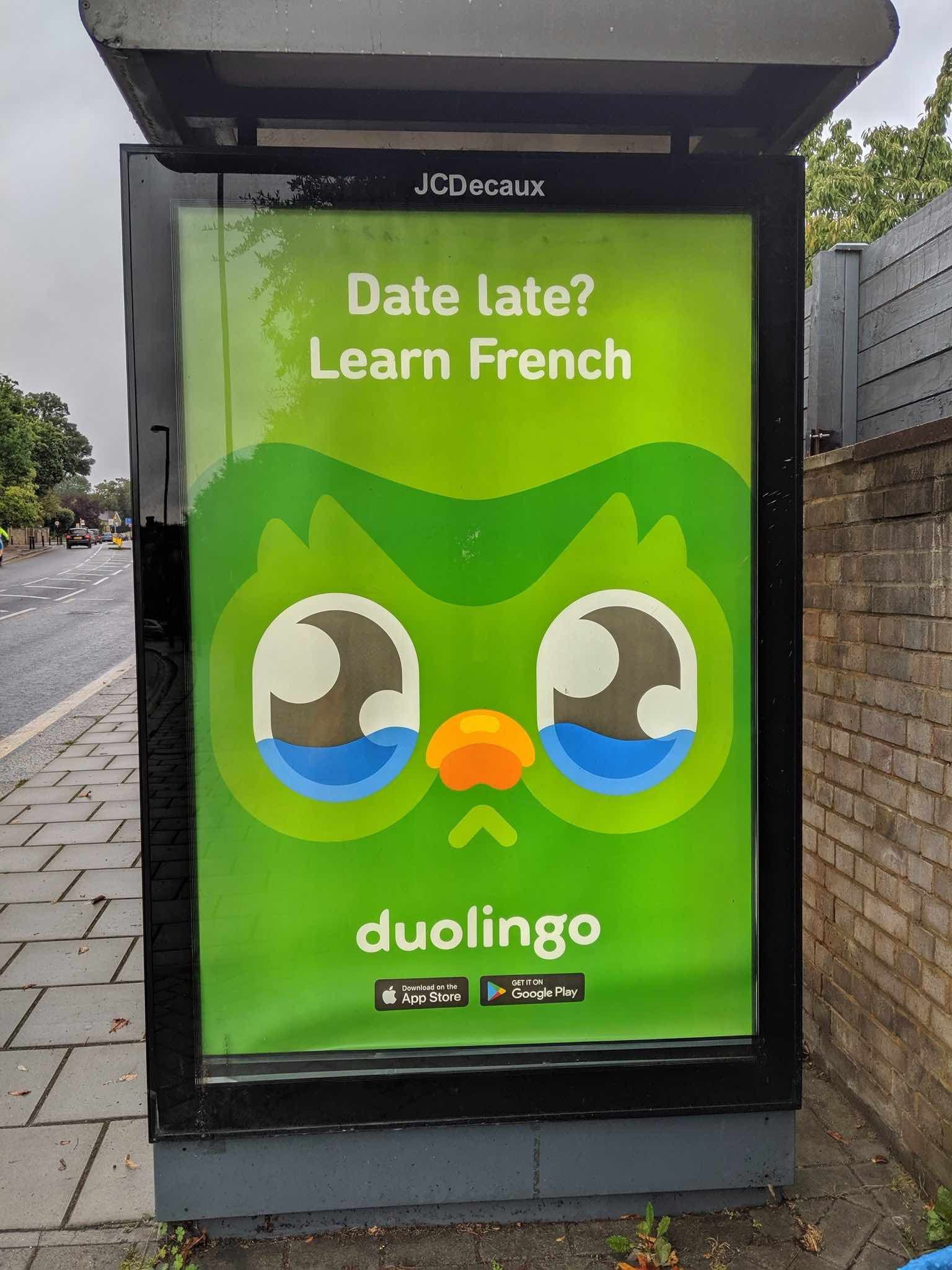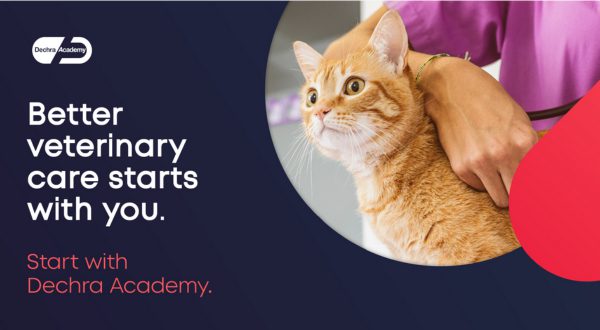want some cookies?
We use cookies to make your browsing experience amazing.

Storytelling has long been one of the most powerful tools in the marketer's toolkit. And it’s particularly important when it comes to marketing for learning®. When we’re trying to get people learning, storytelling allows us to add a narrative to our offering – context to the content you might say! And in a world where our audience is more time-poor than ever before, this narrative, context and storytelling can grab attention.
But stories are more than just words we hear… they’re how we interpret the world around us. In fact, the 1940’s Heider and Simmel experiment proved the importance of storytelling to human cognition. When presenting a video of shapes moving about on a screen, most people added a story to explain what was happening before their eyes. (The triangle definitely annoyed the circle… and so on!) So with this in mind, it’s easy to see why storytelling is a game-changer for marketers. But why is it SO important in marketing for learning?
WHY STORYTELLING MATTERS IN MARKETING FOR LEARNING
1. STORIES BUILD HUMAN CONNECTION
Storytelling creates human connections. It allows us to share experiences, emotions, values etc. in ways that will resonate with our friends, family, colleagues, peers… and our target audience! By using storytelling in your marketing for learning initiatives, you will be humanising your learning brand, and creating a stronger bond with your audience. (And let’s be honest, it’s harder to ignore your learning offering, if they have an emotional connection with your brand!)
2. STORIES ARE MORE MEMORABLE
The truth is, your audience is more likely to remember a story than something generic. And being memorable when it comes to marketing is about more than recall. It’s about staying front-of-mind. Your audience may not be ready to learn right now – maybe they haven’t got the time, or the need. But they will need to learn a new skill at some point – and you want your learning brand to be their first port of call. And weaving stories into your marketing initiatives will do exactly that.
3. STORIES INFLUENCE PEOPLE
Stories are jam-packed with emotions. Well, good ones are at least. And those emotions influence the audience. They will change their thoughts, feelings and emotions based on a good story. And the best stories will influence people to take action – which is exactly what we all want right? Get people taking action… i.e. taking our learning!
So now we know why stories are super duper important for marketing for learning… How do we craft a great story?
THE KEY COMPONENTS OF GREAT STORIES
There are five components to any story: character, conflict, resolution, emotion, and authenticity. There are loads of different models out there (I personally love the story spine), but the most important thing is that you cover ALL five of these components in your story:
Character: If you’re reading this blog, I’m going to hazard a guess that your main character will be your “learner”. Your target audience. The people you want to get to take or get involved with your learning. We talk a lot here at MAAS about keeping your audience front-and-centre of everything you do, and crafting a compelling story is no different. So pick your persona, and they’re the leading role of your story. Job done.
Conflict: No, you’re not going to send your persona out to battle. But there will be a conflict you need to address within your story. Maybe this is a skills or knowledge gap? Maybe it’s something that’s challenging them at work? Maybe it's a bugbear that you can help them overcome? If you’re stuck when identifying your conflict, check your personas pain points, they’ll nudge you in the right direction.
Resolution: We don’t want to highlight the pain and make our audience miserable. We want to give them a solution to their problem. And that’s why we’re going to provide a resolution in our story. Typically the resolution will be your learning offering – but it might be a particular component of your offering, or it might be the whole shebang. The choice is yours, you’re the author!
Emotion: Bad stories lack emotions. They’re straight to the point and don’t make you feeeel anything. So you want to write a good story to get butts moving, so you’re going to have to weave emotions into your story. Maybe it's how your audience feels right now, maybe it’s how you want them to feel – whatever it is, make them feel something!
Authenticity: Make it believable. It’s as simple as that. Nobody is going to believe that someone climbed a mountain with zero training, thanks to your growth mindset module. So make your story realistic and believable for your target audience. Authenticity is key!
So now you know the 5 components of a great story, you can go off and write your own… right?! WRONG.
This blog isn’t telling you to start every single piece of marketing with “once upon a time…”. So how do we make these stories come to life in our marketing for learning initiatives? Let’s look at a couple of examples shall we?
STORYTELLING IN PRACTICE
Duolingo is one of the most globally recognised language-learning tools. And they are experts at conveying stories through their marketing. These stories are often based on specific locations and frustrations. They advertise at bus stops, subways, and even toilets. In each instance, they tell a story.
- Character: You. The person reading the ad. Whoever you are.
- Conflict: Wasted time. Whether that’s because your date’s late, the tube is late and so on…
- Resolution: Use the time more wisely, head to Duolingo!
- Emotion: Frustration – and humour. It’s super relatable!
- Authentic: Well, we’ve all been there haven’t we?!
Have a look for yourself 👇👇👇

No long-winded stories around here. Just a story conveyed in a simple print poster!
Another great example of storytelling in marketing for learning is from Dechra Academy. We’re blowing our own trumpet a bit here, as we worked with the Academy team on this project, but hey! If the shoe fits…
Dechra Academy – a free on-demand learning platform for veterinary professionals – wanted to boost engagement with their platform, so they came to us to create a learning campaign for them! We devised a campaign around the tagline “Better veterinary care starts with you, start with Dechra Academy”
- Character: Anybody working in the veterinary profession. We left it vague on purpose, as we want ALL vet professionals to get involved.
- Conflict: During our discovery process we uncovered that the most important thing to Dechra Academy’s target audience was providing the BEST veterinary care, and there was a real concern around whether this was happening across the board. So there’s our conflict – are all animals being treated as well as they should be?
- Resolution: You (the audience) + Dechra academy.
- Emotion: Ambition (to provide the best care) and perhaps a lil’ pressure?
- Authentic: Well the story was from their mouths – but we also used user generated content to amplify the message.
Again, a great story – in just a few words (and videos!) see for yourself 👇👇👇

You can also watch the teaser video (with the same storyline!) we created, and check out their UGC content here. Oooo this was a good campaign!
ARE YOU READY TO TELL A STORY?
So if you were hoping this blog would tell you to start all your marketing efforts with “once upon a time…” I’m sorry to disappoint. But I really would love to see more stories throughout L&D marketing. Stories (alongside a sound strategy and marketing tactics) have the power to transform engagement with your learning offering, and that’s what we all want, right?










